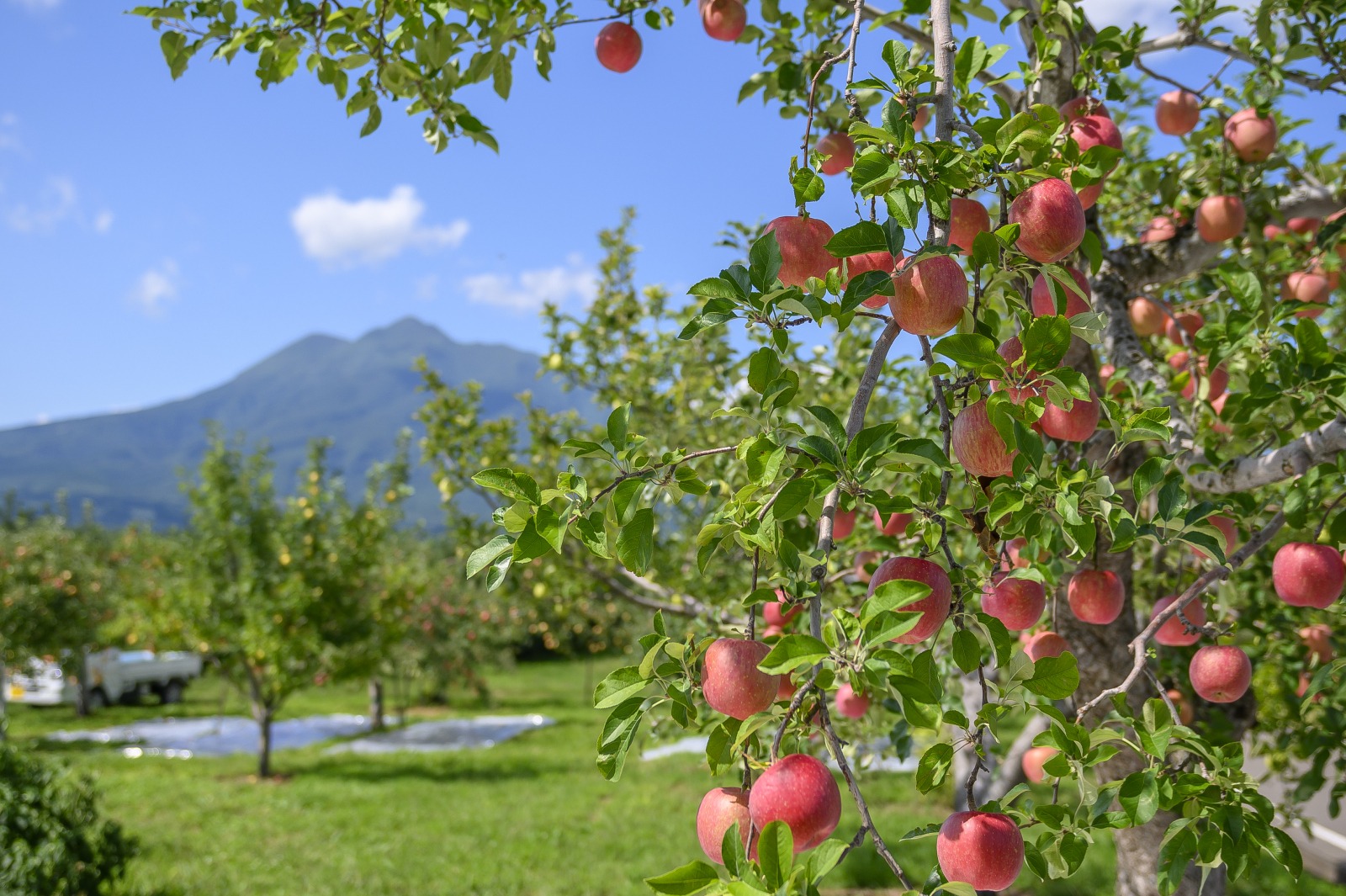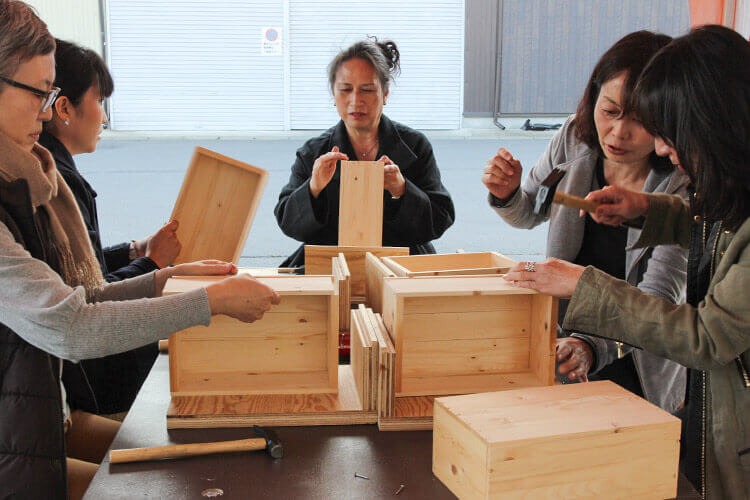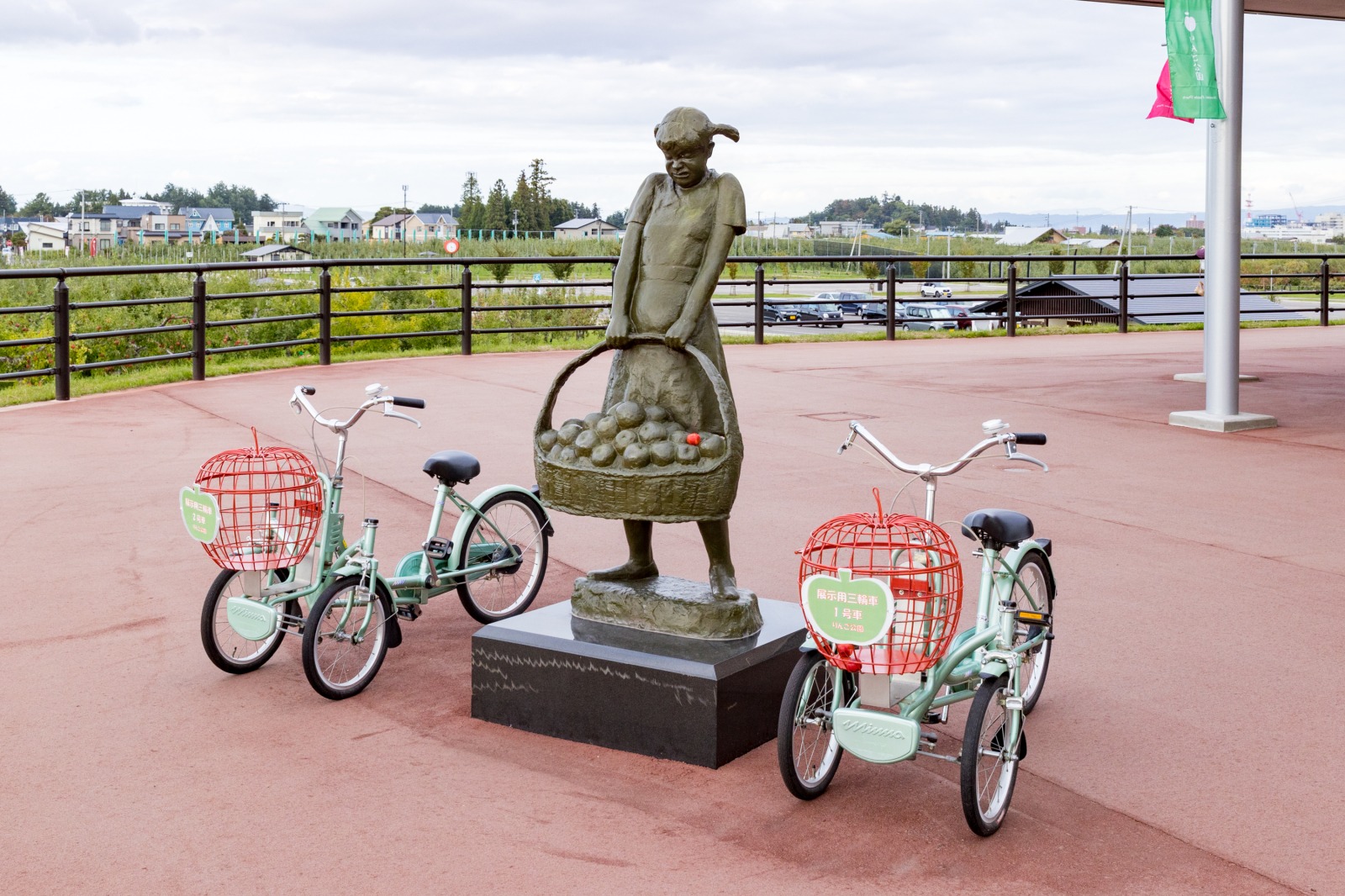The Story of the Best Apples in Japan

Aomori-made apples are most produced and cultivated in Japan. This ranking hasn’t changed for more than 100 years. So, what exactly makes Aomori’s apples so delicious and beloved? Here are their long-held secrets!
Aomori Is the Story of Apples and People
The prefecture produces 50 million tons of apples annually, which accounts for more than half of Japan’s annual apple harvest. But Aomori isn’t just the national leader in apple quantity, but their quality is also the best in the world. It’s often said that Aomori-made apples are the most delicious in the world. People who visit from abroad are surprised by the difference between Aomori apples and those back home.
So what makes Aomori’s apples the best in the world? Let’s look at the long history of the Aomori people and their heritage of apples.
1. High-level cultivation techniques
Apples are mostly cultivated by manual labor over the span of a year. From the end of January through March, Aomori is still in deep snow. Regardless of the frost, work must begin; training and pruning allows each tree to get sunlight to its branches. This task requires the most professional technique. A common saying in Aomori is, “If you don’t prune 1,000 trees, you won’t become an adult”.
After that, many processes continue: pollination using hornfaced bees, thinning out undersized fruits to make growing room for others, clipping leaves, and turning the ripening fruits so they get sunshine. Generally, it’s estimated that it takes approximately 223 hours for 10 acres. Each farmer’s labor and high-quality techniques grow the delicious apples that Aomori is renowned for.
2. The extreme temperature difference between day and night
To cultivate apples, a climate with extreme temperature differences is suitable which makes Aomori perfect. During the daytime, apples grow under the sunshine and at night they store sugar content to protect themselves from the cold. Over time, the apples become sweeter and juicier.
3. A storage facility that keeps the freshness
Harvested apples are refrigerated before shipment to market. CA (controlled atmosphere) storage facilities have the ability to refrigerate and also preserve freshness by adjusting the flow of air. The number of these facilities is increasing across the prefecture. These facilities make it possible to enjoy the fresh apples throughout the year. When shipping to market, sensors check the apples for coloring, sugar content, and ripeness density. With many food companies, both large and small, they all work to produce, research, and develop local apples on their own land.
4. Deep passion and a “Joppari” heart for apples
The climate in Aomori is one of the main reasons that cultivation, storage, sorting, and processing techniques are superior when producing apples. But it’s the spirit of Aomori people’s hearts—their honesty, diligence, and passion—and their desire to produce delicious apples for people around Japan and the world, that makes the prefecture the ideal base for apple cultivation. In Aomori dialect, the person who is stubborn and has passion is called “Joppari”. Aomori people often boast of having a “Joppari heart” in regards to all people working in apple cultivation.
Apple Crafts and Sightseeing
In Aomori, there are traditional craftsmen for apple cultivation tools. By responding to the needs of each farmer, craftsmen are able to produce high quality tools for everyday use. From apple pruning clippers made from iron to hand baskets for apples used during the harvest period—all of these crafted tools assist in apple harvesting by being flexible and tough without harming the crop. The handwoven baskets knitted together with local bamboo—called nemagaridake—that grows around Mount Iwaki, are impressive.
Wooden boxes for apples are useful for the harvesting and shipping phase of production, and are recyclable. There are even special shoes for apple farmers, called bokko-gutsu, that keep their feet warm during work on snow; these original and unique shoes were developed alongside apple cultivation history. In addition to these items, there are many crafts using apple-related products: apple tree dye, apple ash glaze for pottery, apple wood tableware, covers for smartphones, and so on. Why not explore some popular apple crafts?
Aomori-made apples! Cider, sweets, and apple pie
In Aomori, there are a variety of apple-related creations: juice, cider, wine, hot cider, brandy, vinegar, soup, and sweets. Amazingly, in Hirosaki City, there are 47 cake and bakery shops offering original apple pies and inviting visitors to taste them.
Abundant sights at the home of apples
In Hirosaki Apple Park, approximately 1,200 apple trees—covering 65 varieties—grow across 5.2 hectares where you can enjoy apple picking. There is a cider factory and souvenir shop with a line-up of apple-related items. The park hosts the Hirosaki Apple Flower Festival every May. Apple Road in Hirosaki City is the place to go if you want to enjoy the seasonal scenery of apples against the backdrop of Mount Iwaki.
Elsewhere in Aomori, visit the promenade of red apples in Goshogawara City and Japan’s oldest apple tree in Tsugaru City. Aomori is filled with many sights related to apples. Everywhere you look, you’ll see signs of the apple-loving community; wooden boxes for apples piled up high to streetlamps, post boxes, road mirrors, and manhole covers decorated with apple motifs.






